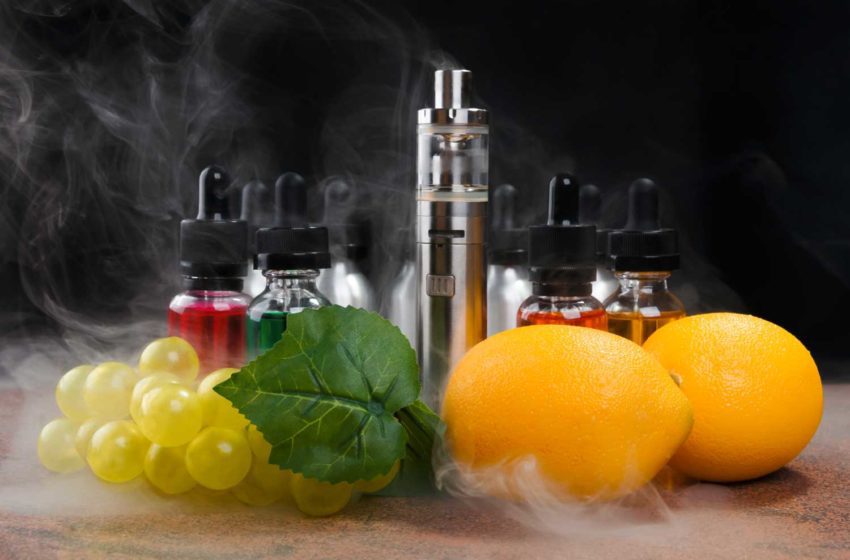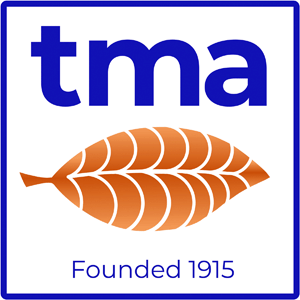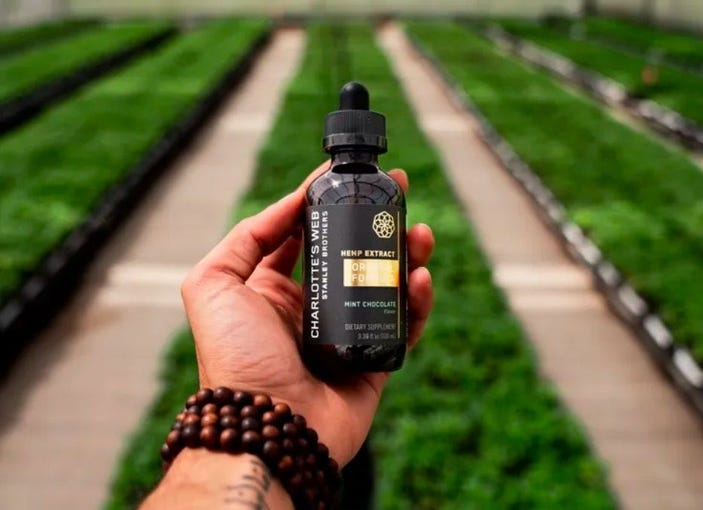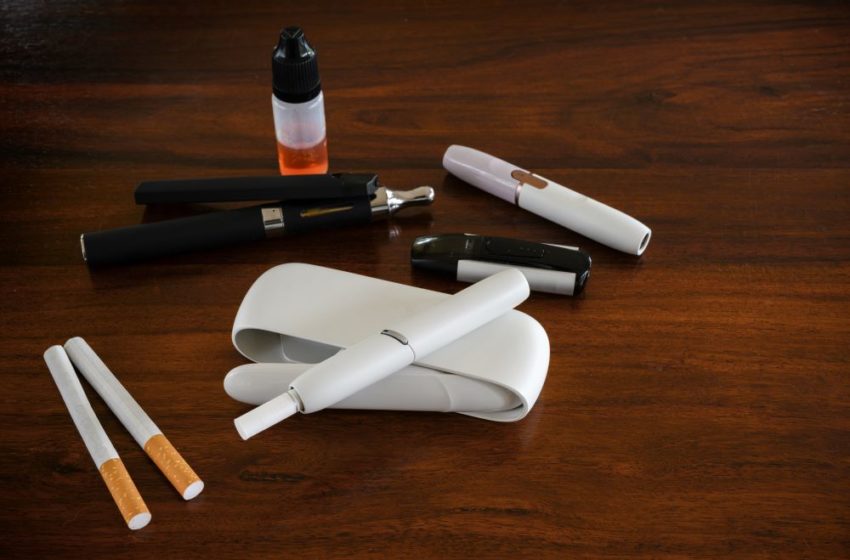
The impact of the 5th Circuit’s recent ruling against the FDA on tobacco harm reduction
By Cheryl K. Olson

“Over several years, the Food and Drug Administration sent manufacturers of flavored e-cigarette products on a wild goose chase.” So reads the first line in this long-awaited Jan. 3 en banc decision by the U.S. Court of Appeals for the 5th Circuit. We can infer that the judges’ sympathies do not lie with the FDA.
The entire decision makes for entertaining and informative reading. In exhaustive detail, the court covers the history of the 2009 Tobacco Control Act and the evolution of the FDA’s approach to premarket tobacco product applications (PMTAs). It then states: “Never in this long, winding and byzantine regulatory process of meetings, PowerPoint decks, proposed rules, comment periods, guidance documents and enforcement priorities did FDA ever say that it was contemplating an across-the-board ban on flavored products.”
In short, the court ruled against the FDA and its reasons for rejecting the flavored e-liquids of Wages and White Lion Investments (dba Triton Distribution).
“These judges confirmed what so many nicotine product manufacturers have been saying: ‘We’re not being treated fairly,’” says Willie McKinney of McKinney Regulatory Science Advisors. “The FDA has been moving the target and putting people out of business.”
For those of us driven to help people find lifesaving alternatives to cigarettes, what does this 10-6 legal decision mean? Does the FDA have to do anything different?
What happens next on the legal side? Might this go to the Supreme Court? Most importantly, what can we do during this period of ongoing uncertainty?
Below, legal and regulatory experts share their impressions and best guesses.
‘Surprise Switcheroo’
If you thought the 5th Circuit had ruled on this case already, you’re correct. That court has had three bites at this apple. Here’s a rapid refresher.
As required, Triton submitted PMTAs for its existing products to the FDA before the September 2020 deadline. When the FDA issued marketing denial orders (MDOs), Triton petitioned the 5th Circuit for review. In October 2021, a three-judge panel unanimously granted a stay. This was the famous “surprise switcheroo” ruling.
In July 2022, a separate panel, not unanimous, upheld the FDA’s rejection of Triton. In January 2023, to resolve differences in rulings by this and other courts, the en banc 5th Circuit (all the judges together) agreed to hear the case.

What led up to this? “The FDA in 2021 came up with this new standard for flavored ENDS [electronic nicotine-delivery systems] that effectively had two components,” says Bryan M. Haynes, a partner at the Troutman Pepper law firm. For one, contrary to previous guidance, the FDA now required expensive studies: randomized controlled trials or longitudinal cohort studies.
“Two, what was even more surprising: The outcome of those studies had to show that the flavored ENDS had reduced smoking at a greater rate than a tobacco[-flavored] variant,” adds Haynes. “There was nothing like that in any FDA guidance.”
Unsurprisingly, multiple companies sued. All of the cases had effectively the same issue: Was it appropriate for the FDA to do this?
Some courts of appeal had sided with the FDA, showing what Haynes called extreme deference to the FDA’s decision-making. “The 5th Circuit is the first one to substantively, quite emphatically, rule that FDA’s standard was unlawful for a variety of reasons.”
A 2022 decision by the 11th Circuit Court of Appeals in favor of Bidi Vapor and five other companies ruled that the FDA’s behavior was arbitrary and capricious. However, Haynes notes, “This ruling focused on a fairly narrow issue: The FDA had suggested that companies show that their marketing plans would deter youth use, and then refused to consider those plans.”
By contrast, “The en banc decision in Wages and White Lion was much broader. It attacked head-on FDA’s so-called ‘fatal flaw’ standard requiring comparative smoking cessation or reduction.”
‘Calvinball’
Importantly, administrative agencies can’t make statements that people will rely on, then pull a surprise switcheroo. As this latest ruling says, “All that matters here is that the agency unquestionably changed its position and then pretended otherwise.”

“This court’s not going to let the FDA play Calvinball,” says Dave Dobbins, an independent consultant working with Altria and former chief operating officer of the Legacy Foundation/Truth Initiative. As described in the classic comic strip “Calvin and Hobbes,” that sport’s only rule is that the rules always change.
“You should have a priori rules that people can understand,” says Dobbins. He describes the FDA’s approach as, “We’ll authorize you if you have what we think is good science. And we’re not going to tell you what that is or which results would compel us to issue an authorization.”
Dobbins notes how drastically the FDA Center for Tobacco Products’ (CTP) approach differs from that of other regulators, such as the Environmental Protection Agency. “EPA has real interaction with companies. They have standards you can understand,” he says. “If you’re building a power plant, the EPA doesn’t say, ‘We don’t want it to pollute that much.’ Then show up and say you can’t use it after you’ve spent a bajillion dollars.”
In contrast to the PMTA process for new products, the CTP does have quantitative guidelines for its substantial equivalence approval pathway. Embarrassingly, the CTP does far better at approving sales of new cigarettes than of novel reduced-harm products. “Just 23 e-cigarettes have been authorized. And few are ones people actually use,” says Dobbins. “It’s nuts that it’s easier to authorize a cigarette.”
Topping off this unpredictable process is the CTP’s repeated failure to meet deadlines for product review. U.S. Senator Richard Durbin’s frustration is clear from the heading of his Jan. 16 letter to FDA Commissioner Robert Califf: “Another Durbin vaping letter for you to ignore.” He castigates the agency for being 28 months past the court-ordered deadline “to complete reviews of e-cigarettes with the largest market share and youth appeal.”
Where Next?
Might the Supreme Court weigh in? Haynes notes that the clear split among circuits, with the 5th and 11th evaluating the FDA’s actions differently from others, gives this case a good shot.
“That kind of situation is untenable for obvious reasons,” he says. “You shouldn’t have rules that fundamentally differ depending on where you are in the country.” He thinks the court might agree to hear the case this year, with a decision issued in 2025.
In the meantime, what to do if the FDA issues an MDO? For manufacturers who previously submitted PMTAs and meet guidelines for enforcement discretion, the path is now marked. Based on court precedents, Haynes says, “If a denied applicant could join forces with a retailer in the 5th Circuit who sells their products, they could get venue to challenge an MDO.”
Haynes sees no rapid end to the uncertainty. “I’m not so sure FDA is going to act on a lot of PMTAs, given the existing division between circuits.” He noted that the recent Smok decision did not involve a consumable product, only a device system. If the FDA continues to issue decisions based on the “fatal flaw” standard, “It’s highly likely the applicant goes to the 5th Circuit. If it’s on that narrow ground, the applicant is likely to find success.”
McKinney feels guardedly optimistic about the potential effects of the 5th Circuit decision. For clues to change, he suggests watching what the FDA does with products still in the review queue: those at the low end of the risk continuum, such as pouches and gums, that are not currently appealing to youth.
“If a lot of those products get refused-to-file or marketing denial orders, then nothing has changed at the agency,” he says. “If they start making it through, it suggests there are opportunities.”
To conserve resources, companies seeking to bring new reduced-risk nicotine products to the U.S. market might follow “a cautious, stepwise approach,” he advises. “Spend a little money to generate minimal data for an initial PMTA. But have plans and protocols on the shelf ready to execute” when greater clarity inevitably emerges and competition heats up.
What About APPH?
This frustration and confusion was not inevitable. The wording of the Tobacco Control Act provides a path for authorization of reduced-harm products that will be appropriate for the protection of public health (APPH). “It’s the agency’s obligation to give content to those words,” says Dobbins. “And they’ve never done it. And that is why this is off the rails. They’ve never given guidance on what APPH actually means to them.”
“If you look at the FDA’s recently issued five-year plan, there’s almost nothing said about encouraging innovation toward reduced-harm products,” says Agustin E. Rodriguez, a partner at Troutman Pepper. “There seems to be much more focus on outright quitting of products. I worry that this is unrealistic in terms of historical consumer approach to the tobacco and nicotine space.”
“There are a billion smokers worldwide,” Dobbins reminds us. “People want nicotine. Someone is going to deliver it.” Public health benefits from a regulated industry that works within the law to deliver the least harmful products possible.
“If FDA believes that what they’re doing will be upheld by the Supreme Court, they should be anxious to get its imprimatur. If they are wrong, they should be anxious to fix their processes, so they can administer the law in a way that will survive court review,” Dobbins concludes.























